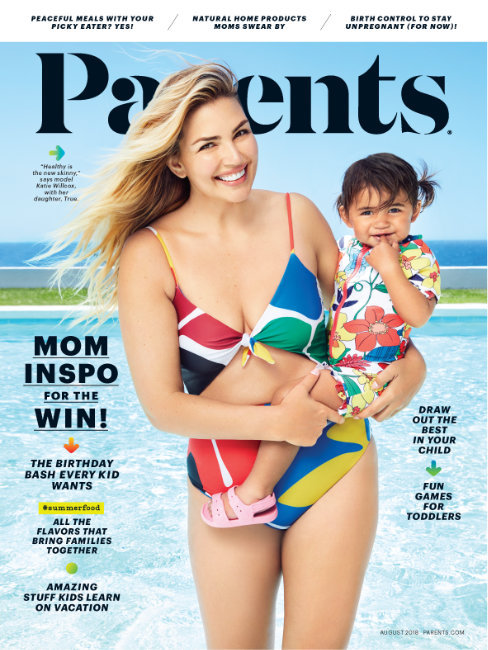There’s a gap in our industry that appears to be widening. On the one side, we have the stats on print ad revenue that continues to show declines in the market overall. On the other side, we hear plenty of stories about publishers seeing the ad sales pendulum swing back, and finding success with paid content strategies.
 Take Parents magazine, for example. According to Caysey Welton writing in Folio:, the September issue is “up 20 percent in print ad pages sold versus 2017. Its 100 pages, the most the brand has sold since 2015, are in part thanks to booking 10 new advertisers from food to retail to home goods.”
Take Parents magazine, for example. According to Caysey Welton writing in Folio:, the September issue is “up 20 percent in print ad pages sold versus 2017. Its 100 pages, the most the brand has sold since 2015, are in part thanks to booking 10 new advertisers from food to retail to home goods.”
We also read of innovative niche magazines in the travel category, for example, that are finding a passionate audience who are willing to pay significantly higher prices for truly stellar content. Beings is one such title, and it breaks the mold on what a travel magazine should be.
“Beings is a magazine about the human side of travel, and it believes that meeting people can be the best and most interesting part of a trip,” writes Grace Wang in Stack. “The launch issue of the pocket-sized title packs in honest and personal stories on house-hopping through Nepal, trekking in Granada, and picking up a sneaky hitchhiker in Cuba. There are moments of self discovery, but also anecdotes of pain and loneliness.”
Why the gulf between the two? Shouldn’t a rising tide raise all boats, or something like that? At first glance, you may not see the similarities between the two examples above. Both are standing on the successful side of the print revenue divide. And while they may have taken different routes to get there, the one thing they have in common is a laser focus on being relevant to the audience they need to reach.
For Parents, their relevance comes from successfully taking a title with a 90-year legacy and never forgetting to adapt to the realities of today’s parent.
“From an advertising standpoint, we deliver a young mom, a millennial mom, and one that is really running the overall household, which appeals to a lot of different ad categories,” said Steven Grune, VP and publisher, noting that millennials definitely love print magazines, making it irresistible to ad partners.
“The other thing is editorial and content integration. I work very closely with [editor-in-chief] Liz Vaccariello and her team so we can utilize editorial that’s being created and put that to work in unique ways for our advertising partners.”
The team at Meredith also realized early on that a large part of the appeal of digital was the promise of quantifiable results – and there is something decidedly compelling about proving your ad spend. Meredith responded beautifully to this reality in 2013, creating their ground-breaking sales guarantee.
 “We, as an industry, need to continue to quantify the effectiveness of the ads that run in our properties, otherwise we’re in trouble,” Grune noted.
“We, as an industry, need to continue to quantify the effectiveness of the ads that run in our properties, otherwise we’re in trouble,” Grune noted.
For Beings, and other niche titles like it that rely less on ad sales and more on cover price, relevance comes from thoroughly understanding their audience as well.
“Beings radiates a lot of positivity and faith in humanity. But there are also reflections on loneliness, being lied to, poverty and even death. Life (and travel) isn’t always perfect,” Beings’ editor Gavin Williams told Wang. “But we often present our lives on social media in an idealised, filtered way — especially when it comes to travel.”
“Yes, sometimes travel is amazing — you make new friends, have an amazing day exploring a new place and end it watching a perfect sunset from a hillside,” Williams continued. “But other times you’re on your own on a suffocatingly hot bus with food poisoning so bad you think you might be dying and every fibre of your being is concentrating on making sure you don’t crap yourself. This literally happened to me. It’s more honest and funny to explore different sides to travel, not just the best or most Instagrammable bits.”
Whether you’re appealing to your ad partners, or directly to your readers, the real secret to ending up on the far side of the profitability gap is this faithful attention to your audience and what they need.
